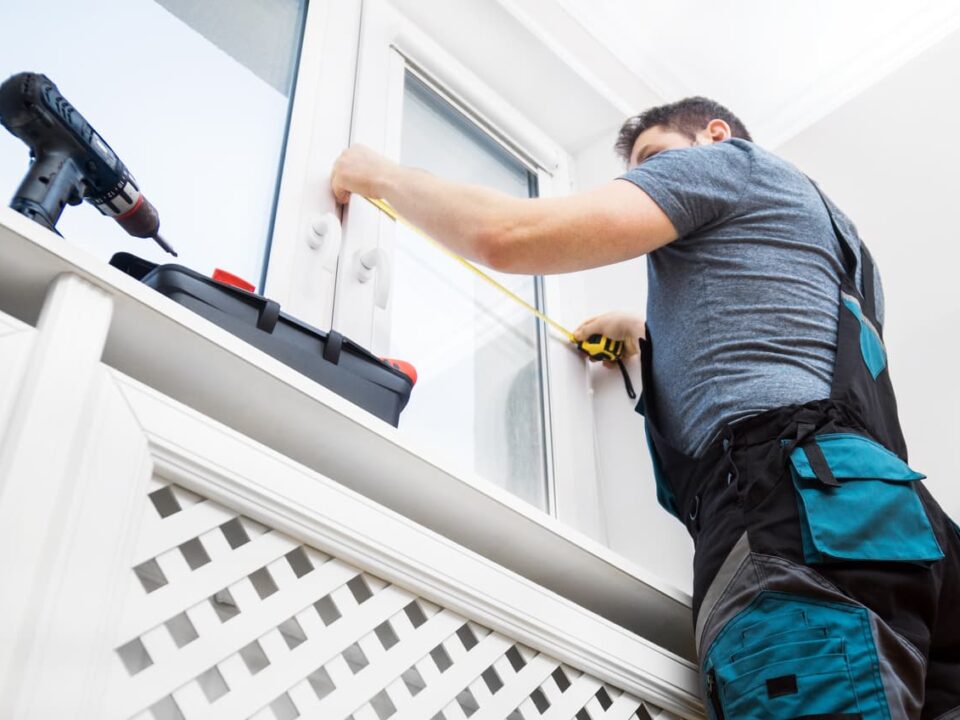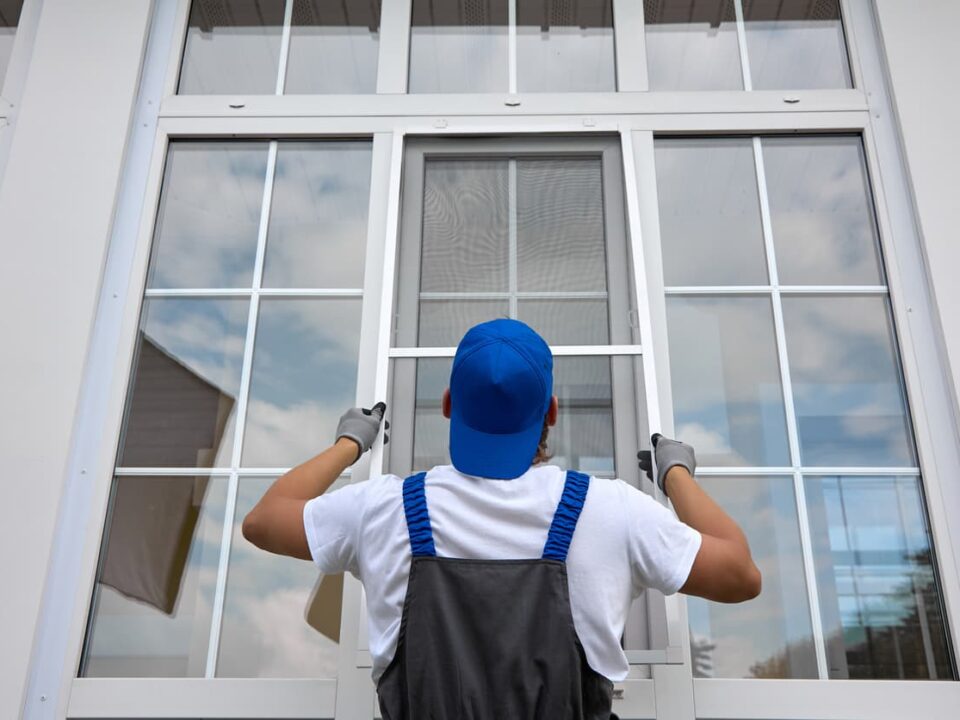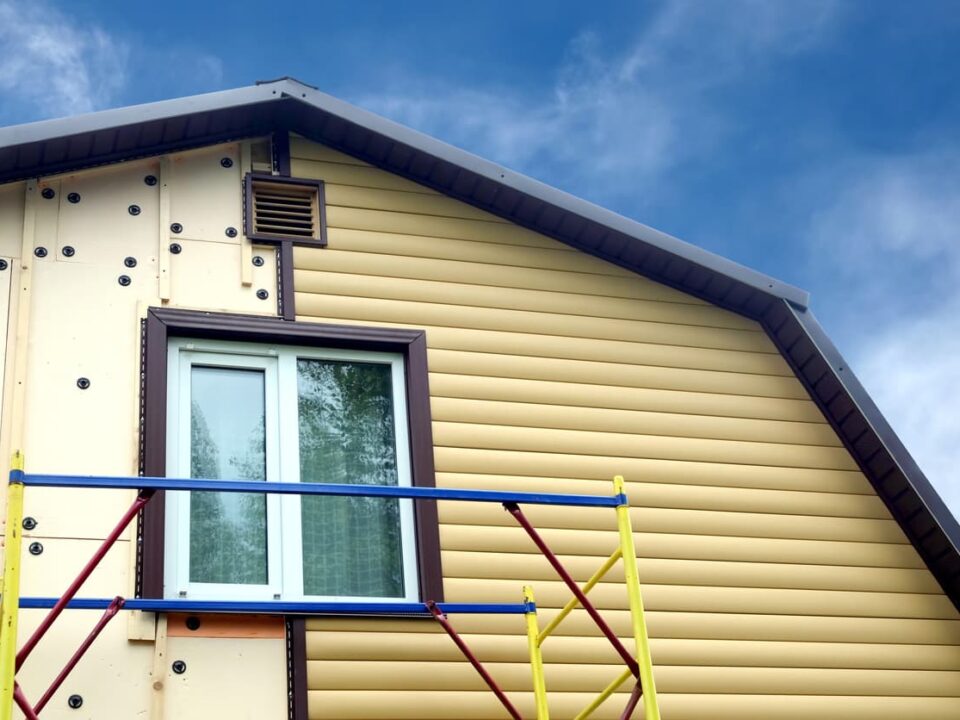
Is Window Convection Happening in Your House?
June 26, 2020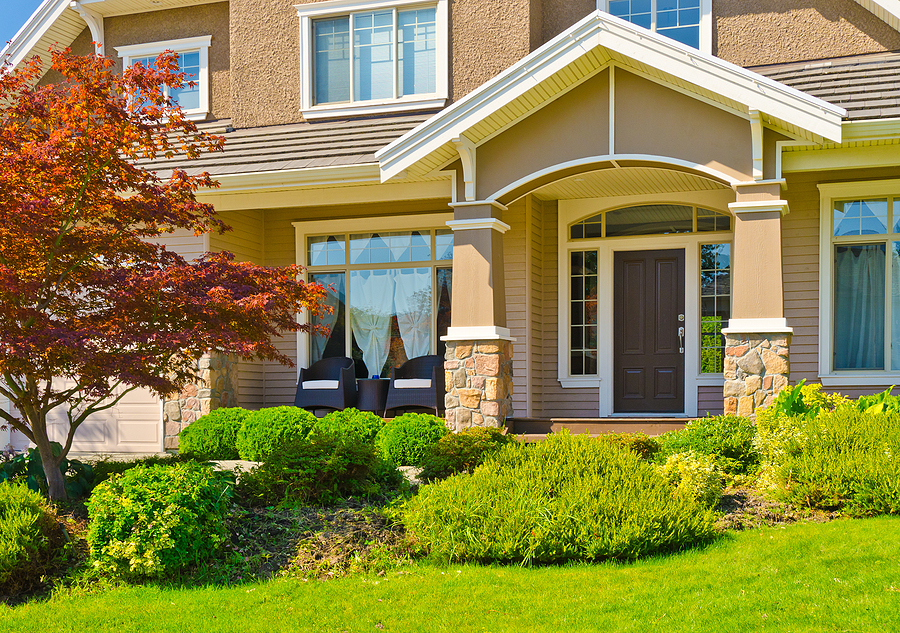
Is Fiberglass or Wood Better for an Exterior Door?
July 2, 2020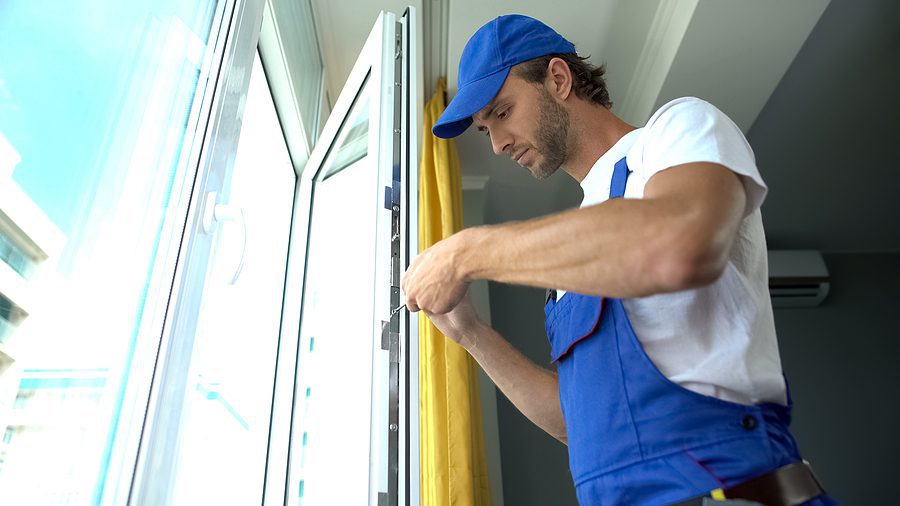
There’s a lot to consider when it comes to window replacement. You’ll want to think about the type of window you want, how the window will fit the aesthetic of your home, and how energy efficient it will be. Energy efficiency is particularly important when it comes to window replacement. The more efficient your windows are, the less hot or cold air will penetrate your home from outside. Not to mention that the warm and cool air produced by your HVAC system won’t leak out if your windows are energy efficient. To identify replacement windows that are energy-efficient, you’ll want to make sure the windows you buy are Energy Star rated.
Why Invest in Energy Efficient Replacement Windows?
You’ll quickly find that windows rated by Energy Star are often a bit more expensive than those that aren’t. However, the initial cost is worth the investment. This is because the amount of energy saved over the long run will result in significant savings in heating and cooling costs, which will more than offset the initial investment of buying quality windows. Not only will energy-efficient windows help keep heating and cooling costs lower, but they will also keep your home more comfortable since you’ll eliminate drafts and make it easier to keep your home at a consistent temperature.
What Makes a Replacement Window Energy-Efficient?
A window that’s Energy Star approved typically has some of the following features that make it energy efficient:
- High-quality window frame – The quality of the frame has a big impact on whether air is able to leak in or out of the window. The use of higher quality materials will help to insulate the window better, thereby reducing air transfer.
- Low-E glass – Low-E glass is a must have for any energy-efficient window. Low-E glass is essentially glass with a special coating on it that helps to reflect infrared light. As a result, such glass will keep heat inside during the winter months and outside during the summer months. Low-E glass will also reflect ultraviolet light, thereby protecting interior furniture and floors from fading more quickly over time.
- Multiple glass panes – Hot or cool air will move through a single pane of glass much easier than it will through two or three glass panes. Windows with multiple panes will be filled with air or gas between the panes which provides the window with better insulation. A three-pane window will not only be more energy efficient as a result, but it will also help with noise reduction.
- Warm edge spacers – Warm edge spacers keep the glass panes of the window the correct distance apart, thereby helping to reduce heat transfer through the glass.
What is Energy Star?
Energy Star is a program that was established by the EPA (Environmental Protection Agency) almost thirty years ago. The program is meant to help consumers identify whether certain products, such as appliances, HVAC systems, windows, doors, and more, are energy efficient or not. A product that is Energy Star approved exceeds the federal energy efficient standards by as much as 20 to 30 percent.
Understanding Energy Star Window Ratings
To be qualified as Energy Star approved, window products must be tested, certified, and verified by an independent party according to the procedures established by the NFRC (National Fenestration Rating Council). Every Energy Star-approved window comes with an NFRC label. The NFRC label includes the following ratings:
- U-Factor – The U-Factor is the rate of heat transfer. The lower the U-Factor, the lower the rate of heat transfer is, which means that the window is better insulated.
- SHGC – SHGC (Solar Heat Gain Coefficient) indicates how well the window blocks heat that’s caused by sunlight and is measured on a scale of 0 to 1.
- AL – AL (Air Leakage) refers to the rate at which air passes through the window’s joints. The lower the AL is, the less air will leak through the window joints.
- VT – VT (Visible Transmittance) refers to the amount of light let through the window. The higher the VT is, the more light comes through the glass.
- Condensation Resistance – Condensation Resistance refers to how effectively the window will resist the build-up of water. The higher the number, the less condensation will build up.
These ratings will help you compare different Energy Star window products to each other. It’s worth noting that the ratings aren’t always indicative of whether the window is a good option for you or not since the climate you live in has a big impact on your needs. For example, if you live in the north where it rarely gets warm, then the SHGC may not be an important factor for you.
Ask About Our Energy Star Windows Today
We’ve been installing windows in the Toledo area for decades and pride ourselves in the high-quality materials and installation services we provide. We understand the investment you’re making with new replacement windows for your home and we value your business. Our service teams are highly trained and experts at what they do. For information about installing new windows in your Toledo area home, contact us at Armorvue Home Exteriors for a virtual appointment today.
Subscribe to ARMORVUE Home Exteriors’s Blog
Get ARMORVUE Window & Door’s latest articles straight to your inbox. Enter your name and email address below.


